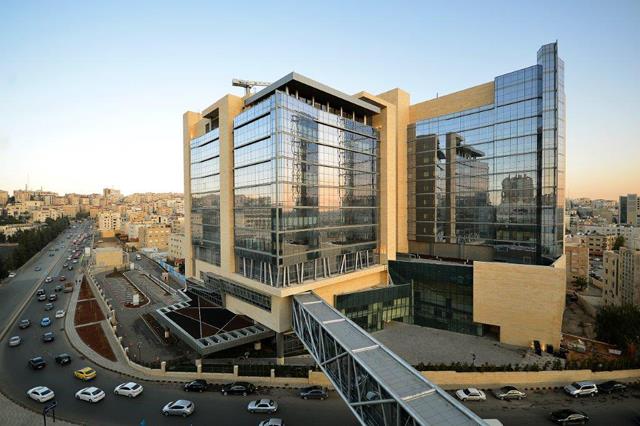
KHCC Conducts First Brain Tumour Surgery Using Laser, Robotics In Middle East
The surgery was carried out on a 57-year-old patient with lung cancer that had spread to the right side of the brain. The patient was discharged on the third day after surgery, in good health, according to a KHCC statement.
KHCC Director General Asem Mansour said that this technique, provided by the centre, is the first of its kind outside the US and Western Europe, describing the successful completion of this "groundbreaking surgery as a significant global medical achievement, one that all Jordanians can be proud of."
He stressed that this accomplishment reflects the centre's commitment to keeping pace with the latest advancements in cancer treatment and providing "exceptional and pioneering" care for cancer patients in Jordan and the region.
Mansour also praised the expertise of the medical team involved and expressed his happiness with the patient's return to normal life.
Head of the Brain and Nerve Tumour Surgery Department at KHCC Mouness Obeidat noted that this technique is one of the latest global innovations in brain tumour treatment.
Obeidat pointed out that the technique uses robotic surgery combined with laser-guided technology, supported by MRI. This approach allows surgeons to perform complex surgeries with greater precision in removing brain tumours in patients for whom traditional surgery is not possible due to the type or location of the tumour.
He added that it is a minimally invasive procedure, requiring only a small stitch that heals automatically in a short time. As a result, patients can recover and leave the hospital within 24 hours.
Obeidat noted that the procedure begins with a very small hole in the patient's head, through which a precise robotic arm is inserted and directed toward the tumour.
The patient is then transferred to an MRI machine located in the same operating room, assisting in precise tumour guidance, where the laser is then activated, and a map of the tumour is created for accurate tracking, he added.
Obeidat expected that 12 patients will benefit from this technique annually, a number comparable to similar cancer treatment centres, particularly brain tumour surgery centres in Europe.

Legal Disclaimer:
MENAFN provides the
information “as is” without warranty of any kind. We do not accept
any responsibility or liability for the accuracy, content, images,
videos, licenses, completeness, legality, or reliability of the information
contained in this article. If you have any complaints or copyright
issues related to this article, kindly contact the provider above.
















Comments
No comment